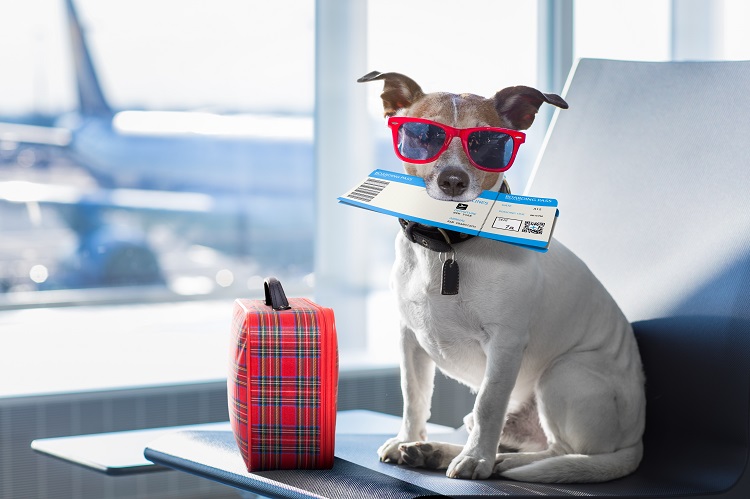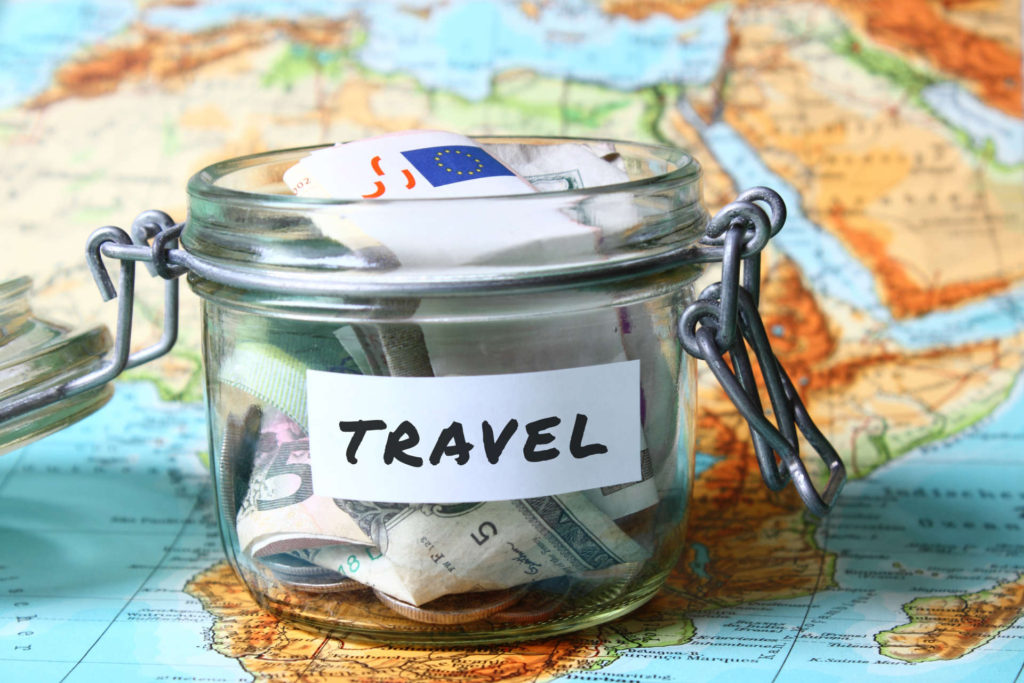
It’s probably pretty obvious that Hipmunk loves animals (I mean, we have one as our mascot. We also boast a dog-friendly office). And as a travel company, we’re highly sensitive to the conflicts that arise between wanderlust and the love for one’s pet. We’re also pretty good at mitigating the risks when we choose to take our pets on planes.
Following the news of the untimely death of Simon the Giant Rabbit, I asked around the office for tips on keeping your furbaby safe on flights.
Make Sure They Are Healthy Enough to Fly
This one should be pretty obvious, but a proper evaluation of your pet’s current health condition is maybe the most important step a pet owner can take before taking them on a plane. Especially since underlying or pre-existing conditions make up the vast majority or the incident reports the Department of Transportation is required to post on its website as part of the Animal Welfare Act.
Keep Your Pets With You
According to the 2017 Department of Transportation’s newly released annual report, a little more than half a million pets flew in cargo in 2016, and of those that flew that way, 26 died and 22 were injured (about one for every 10,000 pets). So while the chance of death or injury is minimal, for some pet owners the risk is still too high.
There are three ways to transport a pet by air: in cabin, as cargo, or as baggage. If a pet can fit under the seat in front of you, many airlines will allow you to take it on the flight like a traditional carry-on bag. Check the airline on which you are flying before booking a ticket to see if you can bring the pet with you, and what the airline’s requirements are in terms of the carrier. Also, book in advance: airlines have a limited number of allowable pets on board a flight.
In addition to carry-on sized pets, service animals and emotional support animals are also allowed in most aircraft cabins for emotional support; however, you’ll need them to be certified as such. Emotional support animal certifications for pets can be obtained for such disorders and phobias as the fear of flying, panic attacks, dyslexia, social phobias, autism, bipolar disorder, and anxiety.
Practice
Purchase a well-made carrier or kennel (if you are placing them in cargo) and then have your pet practice getting in and out, as well as spending time inside of it. Make sure they can sit, stand, and turn around inside of their temporary enclosure. Make sure their nails are clipped, and that the lock works properly. The more comfortable your pet is, the less likely they will have an incident.
For travelers bringing a pet on an airplane in any form, a few more tips can go a long way toward ensuring a smooth trip for all parties:
- Opt for a direct flight whenever possible
- Attach both a permanent and travel ID to the pet’s collar
- Avoid feeding the pet for at least four – six hours before the trip
- Utilize the pet relief areas at airports
- When in doubt, leave your pet at home with a trusted caretaker
Finally, use this nifty checklist we put together a while back to help you as you prep your pet for the plane ride:


